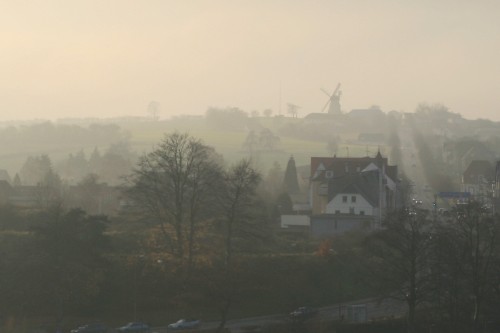International family law can be complicated. When couples join up across borders cultures, norms and bureaucracy can get tangled up in the process. Some of it can be enlightening and charming but sometimes it’s just frustrating. This is a case of the latter where two countries with equally bureaucratic systems butt heads.
We got married this spring in Malta and wanted to change our name in the process. We figured there might be a bit of bureaucracy involved but figured we could work it out.
We wanted to join our two surnames so both of us would be called “Fenech Andersen”, so we could have the same name and Ann could have the same identity in Denmark and in Malta.
We got married in Malta where the husband doesn’t change his name. So after our marriage Michael kept his name and Ann changed hers to “Fenech Andersen”.
After arriving back in Denmark, Michael went and changed his surname to “Fenech-Andersen”. In Denmark you can change your name to a lot of things but you cannot have two surnames (a double name) without them being joined by a dash. Unless you are Spanish – or from a Spanish speaking country – then you can…
Although people often think Malta is a Spanish speaking country it is not. So when Ann came back to Denmark she went to the kommune to ask to have her new name registered. They sent her to the church (because in Sønderjylland the church handles all name changes (when they are not done within 3 months of the marriage)). The church disagreed and tried to send her back to the kommune but we ended up back at the church. At the end of that loop de loop we got the verdict that Denmark would not recognize Ann’s new double surname from Malta. Had she been double surnamed when she moved here it might have been a different story.
So Denmark has spoken: it had to be the dash. So now she is changing her name in Denmark to “Fenech-Andersen”. We contacted the embassy to hear if a name change made to a Maltese citizen in Denmark would be recognised and they came back and said a name change will be recognised but, no – in Malta you cannot have a dash in your last name.
Maybe it’s not a big deal – it is after all just a dash. But still it’s a strange realisation that Ann in essence will end up having two identities. In Malta, in her passport and when she books flights she will be Ann Fenech Andersen. In Denmark, on her health insurance card, at her bank and to her colleagues her name is Ann Fenech-Andersen. Her two “home” countries has diverging naming laws that can’t agree whether to dash or not.
Want to know more?








